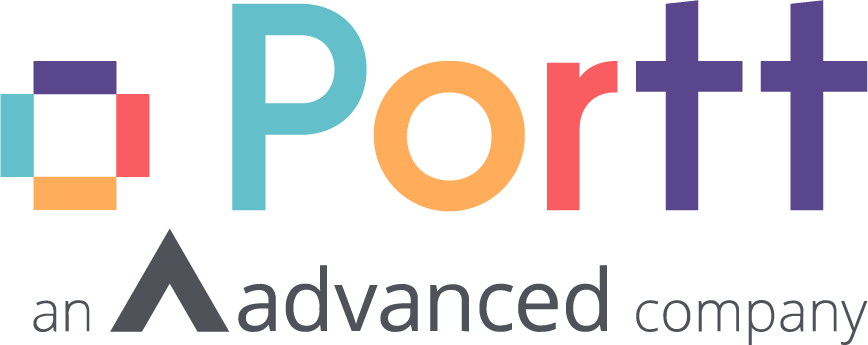Are you looking for a way to optimise your organisation’s procurement function, without hiring new employees or investing a huge amount of money in unnecessarily complex and clunky IT? Procurement is a core activity for most organisations and has a direct impact on organisational success, meaning it’s extremely important to get right.

Adopting an automated source-to-contract management system can help to streamline complicated procurement processing and free up hours of manual labour entry work. This allows your staff to focus on creating genuine strategic value for your business, rather than being stuck in the endless merry-go-round of laborious manual processes.
Procurement automation allows you to procure the right item, at the right time, at the right price, from the right vendor. By conducting an audit and understanding the requirements of the people who make procurement decisions within your business, you’ll be able to implement a successful and highly tailored automated source-to-contract management system that can virtually revolutionise the way you manage your procurement and contract activity in as little as four weeks.
With this in mind, let’s take a look at the five procurement tasks your organisation should be automating, and the many positive impacts that come from business digitisation.
Vendor management
Ineffective vendor management can lead to both strained vendor relationships and the incorrect vendor being chosen when it comes time to renew contracts. Having full transparency over your suppliers and a clear line of disclosure is crucial for ensuring that your business is consistently purchasing from the best vendor. Automated contract management systems make this simple, streamlining the selection process and allowing everyone in your team to identify problems, resolve issues and create long-lasting, productive supplier connections. Your suppliers are set-up to manage your relationship with account managers and technical experts, you should be devolving responsibility of administration, reporting and compliance requirements directly to your suppliers in an intuitive fashion.
Tender documentation preparation
Preparing your tender documentation is typically an offline and laborious process, but it’s important! Suppliers know when corners have been cut when reviewing tender requirement documents so accuracy and integrity in your process is key. Preparing tender documentation manually is not only tedious for staff, but also leaves plenty of room for error. No matter how down-pat you think you may have your process (or how long you’ve been doing it ‘that way’ for), procurement teams can become more efficient here.
Adopting an automated contract system means that not only are you ensuring compliance to templates and processes, but you’ll also never miss a key piece of information again. The process will become smooth and easy for your team, with extended functionality that allows them to quickly and easily generate tender packs and documents without the duplication of data entry.
Document visibility
With manual contract management, contracts are usually stored physically in the office or left to sit on an unorganised records management system. This makes finding the right contract at the right time incredibly frustrating, as well as making it virtually impossible to keep regular tabs on the progress and compliance measures of each one.
An automated contract management system like Portt stores all your contracts in a centralised repository, making it exponentially easier for your team to search for, access, and monitor them.
Online approvals and automation
Information and approval bottlenecks are common in procurement teams that work manually, and this is especially the case when dealing with approvals to tender and evaluation summaries. If a manager or other senior stakeholder is required to conduct offline approvals, certain activities and stages, this can lead to inefficiencies given the often large workload of higher-level employees.
Embedding approvals into an online process frees up your senior managers’ time, allowing them to focus on more important matters and ensuring that projects aren’t delayed because certain materials haven’t been available by the time they were required.
Record keeping and audit trails
Although record-keeping isn’t technically a process, it’s an incredibly important venture for every business, especially when it comes to audit time. Your business needs to be able to produce documented evidence in the event of a dispute, and with manual record-keeping, there’s much less of a chance that you’ll be able to easily locate and produce these documents on request. This in turn puts your organisation at risk.
Whether you’re currently recording your invoices in an Excel sheet or even filing them away in a physical cabinet, automating your contract management will allow you to digitally save and generate the electronic documents you need, when you need them. Never again will you lose an invoice or not be able to track down a contract, as everything will be there for you in a simple to access online database.
Unlock the potential by automating with Portt
Portt is your partner in procurement automation. Our intelligent sourcing, contract and supplier management platform is easy to adopt, simple to use, and enables the strategic potential of your procurement team.
Contact us today to learn how you can use the software to streamline the necessary, unlock the opportunity, and realise the outcomes for your business.
Article written by: Mark Reddy, Head of Growth at Portt



